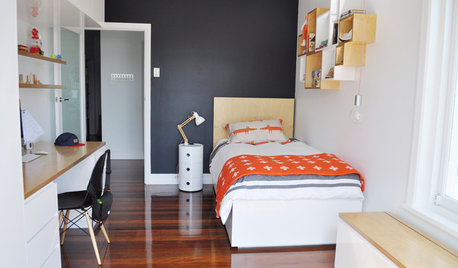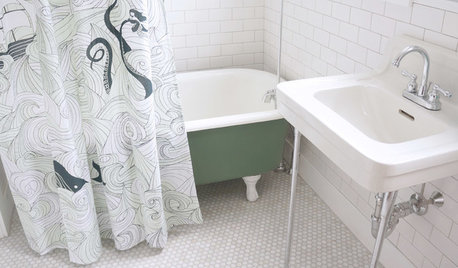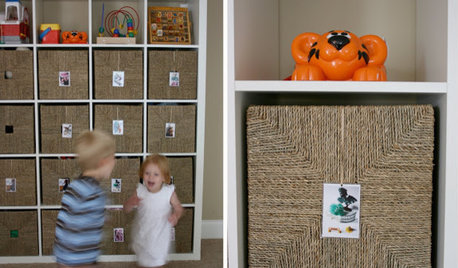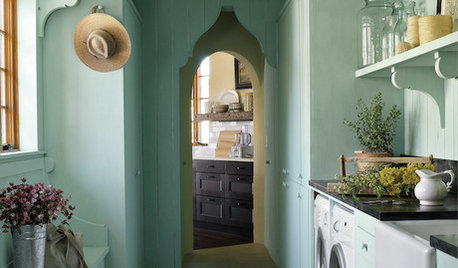Moving day for the worms
alabamanicole
13 years ago
Related Stories

GARDENING GUIDESHouzz TV: Make a Worm Bin for Rich Soil and Happy Plants
A worm-powered compost bin that can fit under a sink turns food scraps into a powerful amendment for your garden. Here’s how to make one
Full Story
LIFEThe Moving-Day Survival Kit: Lifesaving Items and Niceties
Gather these must-haves in advance for a smooth move and more comfortable first days in your new home
Full Story
BEDROOMSRoom of the Day: A Boy’s Bedroom to Move Through Tween and Teen Years
Reorganizing the space with a new study desk, bed, seating and storage gives him room to grow
Full Story
BATHROOM MAKEOVERSRoom of the Day: See the Bathroom That Helped a House Sell in a Day
Sophisticated but sensitive bathroom upgrades help a century-old house move fast on the market
Full Story
SELLING YOUR HOUSEA Moving Diary: Lessons From Selling My Home
After 79 days of home cleaning, staging and — at last — selling, a mom comes away with a top must-do for her next abode
Full Story
DECORATING GUIDESRoom of the Day: Playing Up Color in a California Lounge
Candy-licious stripes and splashes of other lively hues show that this hangout for teens and their parents is ready for fun
Full Story
LIFERelocating? Here’s How to Make Moving In a Breeze
Moving guide, Part 2: Helpful tips for unpacking, organizing and setting up your new home
Full Story
ROOM OF THE DAYRoom of the Day: A Laundry So Cheery, Wash Day Is Wonderful
Pretty paint and playful touches banish chore-day blahs in a laundry room designed for a magazine’s Idea House
Full Story
LIFETips for Moving Into a Smaller Space
Downsize with less compromise: Celebrate the positive, pare down thoughtfully and get the most from your new home
Full Story
LIFE10 Best Ways to Get Organized for a Big Move
Make your next move smooth, short and sweet with these tips for preparing, organizing and packing
Full Story





karendee
alabamanicoleOriginal Author
Related Professionals
Derry Landscape Architects & Landscape Designers · Citrus Heights Landscape Architects & Landscape Designers · Allentown Landscape Contractors · Apollo Beach Landscape Contractors · Bethel Park Landscape Contractors · Brunswick Landscape Contractors · Deerfield Landscape Contractors · Goodlettsville Landscape Contractors · Mason Landscape Contractors · Oxnard Landscape Contractors · Rochester Landscape Contractors · Norwell General Contractors · Parsons General Contractors · Shaker Heights General Contractors · Sterling General Contractorssbryce_gw
alabamanicoleOriginal Author
11otis
alabamanicoleOriginal Author
equinoxequinox
sbryce_gw
equinoxequinox
antoniab
equinoxequinox
antoniab
antoniab
randomz